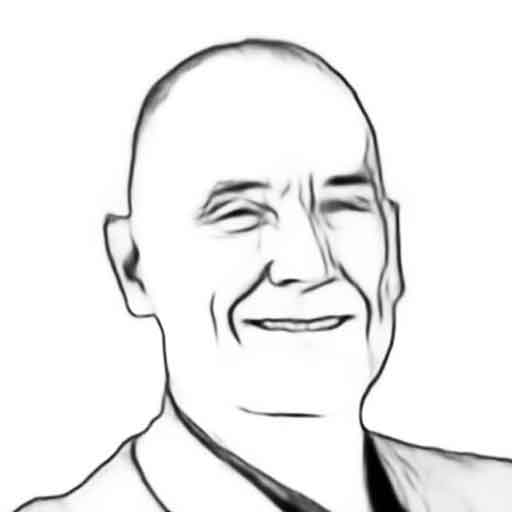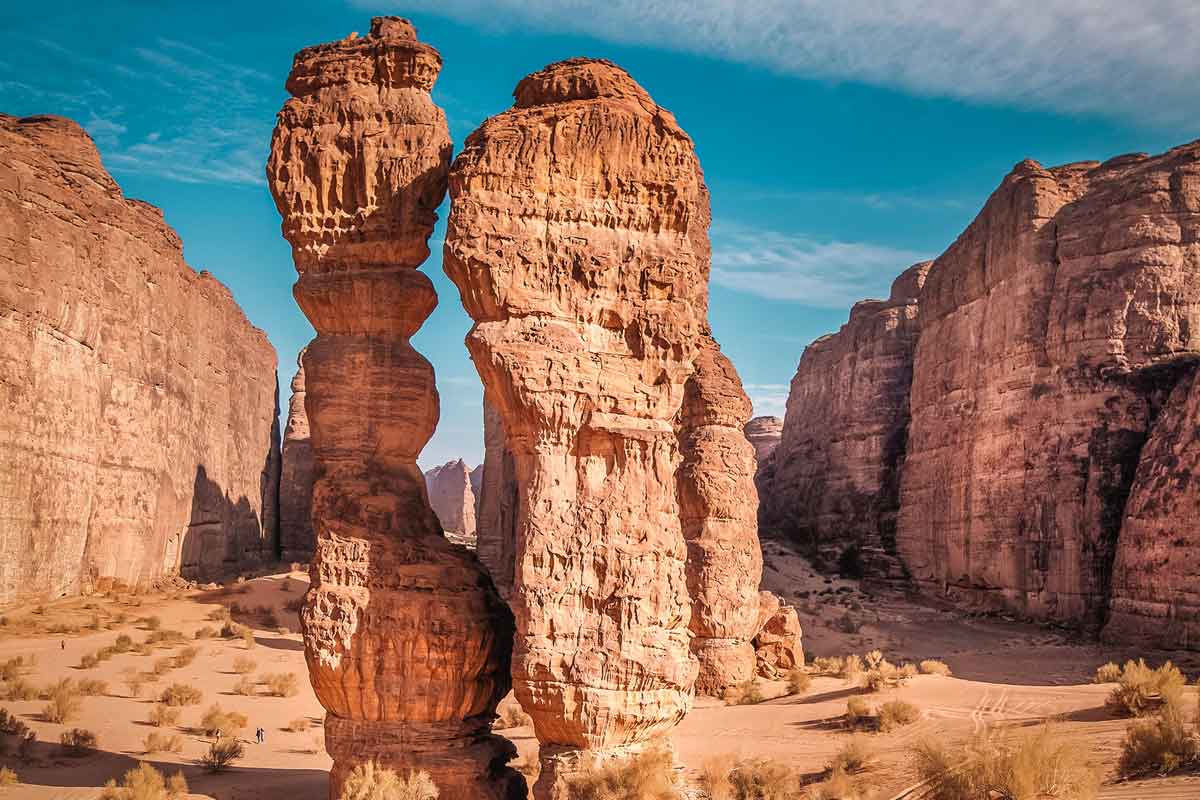By any measure the recent Future Investment Initiative (FII) conference in Riyadh was a success. It attracted 6,000 guests from 90 countries and was the scene of $17.9 billion in investment announcements.
But now that the buzz of the conference has passed, let us attempt to look at the country’s progress onto the global business stage with some perspective. I will focus specifically on the tourism sector, reflecting my work as Vice President of Culture at the Royal Commission for AlUla (RCU), which is regenerating AlUla County as a leading heritage destination.
We are seven years into FII and seven years from 2030. At this midpoint the tourism projects resulting from Vision 2030 are acquiring a new maturity. Hotels are opening, airports are breaking out the water cannons to welcome new routes, and visitors are arriving in rising numbers to experience Saudi Arabia. Across the country, but perhaps especially in north-west Arabia, the transformation is in full swing.
What is at the heart of this transformation?
The answer is culture.
The rich culture of Saudi Arabia is being brought into the world’s view by a range of high-profile projects, from Diriyah Gate to the Aseer mountains and from the Red Sea coast to the living museum that is AlUla.
This is a change from prior decades, and the world’s travellers are responding.
According to the latest edition of the UNWTO’s World Tourism Barometer, Saudi Arabia has shown “extraordinary results” with international arrivals during the first seven months of 2023 up 58 percent from pre-Covid levels — one of the top five rebound rates worldwide.
AlUla is part of the trend. Our visitor numbers are projected to rise 35 percent in 2023 from 185,000 in 2022, with a visitor mix that is 75 percent domestic and 25 percent international.
Nationally and in AlUla too, the visitors are drawn by a mix of ancient and modern culture.
Indicative of what is happening across the country, AlUla’s calendar of cultural events over the past year has included: an exhibit of Andy Warhol’s paintings and prints, which received over 15,000 visitors including the actor Will Smith; the showing of the first-ever facial reconstruction of a Nabataean woman, our beloved Hinat; a festivals schedule that now runs year-round; and 17 concerts during our 2022-23 season by such artists as Mariah Carey, Alicia Keys, John Legend and Mohammad Abdo.
The power of culture is appreciated at the highest levels. Badr bin Abdullah bin Farhan Al Saud, Saudi Minister of Culture and Governor of RCU, has noted that Saudi Arabia initiated the cultural track within the G20 agenda and convened the first-ever Cultural Ministerial Meeting during the Kingdom’s G20 presidency in 2020 because of “our belief in the potential of the cultural sector.”
One of the important things about culture as a driver is that as culture regenerates, it creates the conditions for economic and social regeneration.
RCU’s announcements at FII exemplified this duality – with culture at the head and the long tail of social and economic infrastructure keeping pace.
Our big news was Film AlUla’s $350-million agreement with Hollywood’s Stampede Ventures to bring 10 productions to AlUla over the next three years. Stampede is led by Greg Silverman, formerly worldwide head of film at Warner Bros. This collaboration is closely aligned to the realisation of the Kingdom’s Vision 2030 goals to diversify the economy and foster cultural development.
As the trade paper Variety noted, “The ground-breaking agreement with Stampede marks the first deal of this scale between Hollywood and Saudi since the kingdom lifted its ban on cinema in late 2017.”
Because culture must renew itself, RCU is also working to create new cultural landmarks at AlUla. This is why at FII we announced the appointment of Pritzker Prize-winning architect Francis Kéré to design the Oasis Agriculture Campus, in AlUla’s Cultural Oasis. Kéré is known for making innovative use of local materials with astonishing results. His commissions have included the Centre for Earth Architecture in Mali; the Xylem park visitors’ centre in Montana, made from sustainable pinewood; and the TUM Tower at Technical University of Munich, with an array of green terraces. We believe the campus will become a new highlight of AlUla’s architecture.
With culture as a magnet, AlUla is growing and changing. As the RCU CEO, Amr AlMadani, has observed, growth brings new challenges for the community. RCU is offsetting the challenges in several ways, for example by increasing the supply of affordable housing. But the big-picture solution is to comprehensively regenerate the local economy so that residents can find upskilling, education and employment opportunities. These enable them to be included in the community’s growth.
Many of our announcements at FII, while not about the culture sector directly, are intended to ensure that AlUla’s culture-driven regeneration is inclusive and can continue to create jobs (so far the AlUla project has generated 1,610 jobs in the tourism sector and more than 2,100 in non-tourism).
Not everyone is going to be working as curators or scriptwriters so we need to create benefits and opportunities for the people who will operate the modern, well-planned community in which those curators and scriptwriters reside.
For example, digital transformation – an area where we announced agreements with STC, Artefact, 3DS and Thales during FII – opens up new career paths and improves quality of life. We’re relieving pressure on housing supply with plans to build 800-plus units in the new Sidrat AlUla neighbourhood; these plans were detailed during FII. And the addition of a second terminal at AlUla’s airport, also announced during FII, means we will have the capacity to greet more and more visitors drawn by our culture.
Knitting this together will be our experiential tram. Its 22.4km battery-powered route will connect AlUla’s core cultural-heritage districts. The trams’ design is inspired by the historic Hijaz railway. The trains and systems are being sourced from Alstom.
One of the goals of Vision 2030 is to triple tourism’s share of the economy to 10 percent. Thanks to the appeal of Saudi culture that goal is well on its way to being met.










